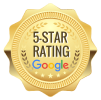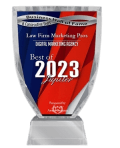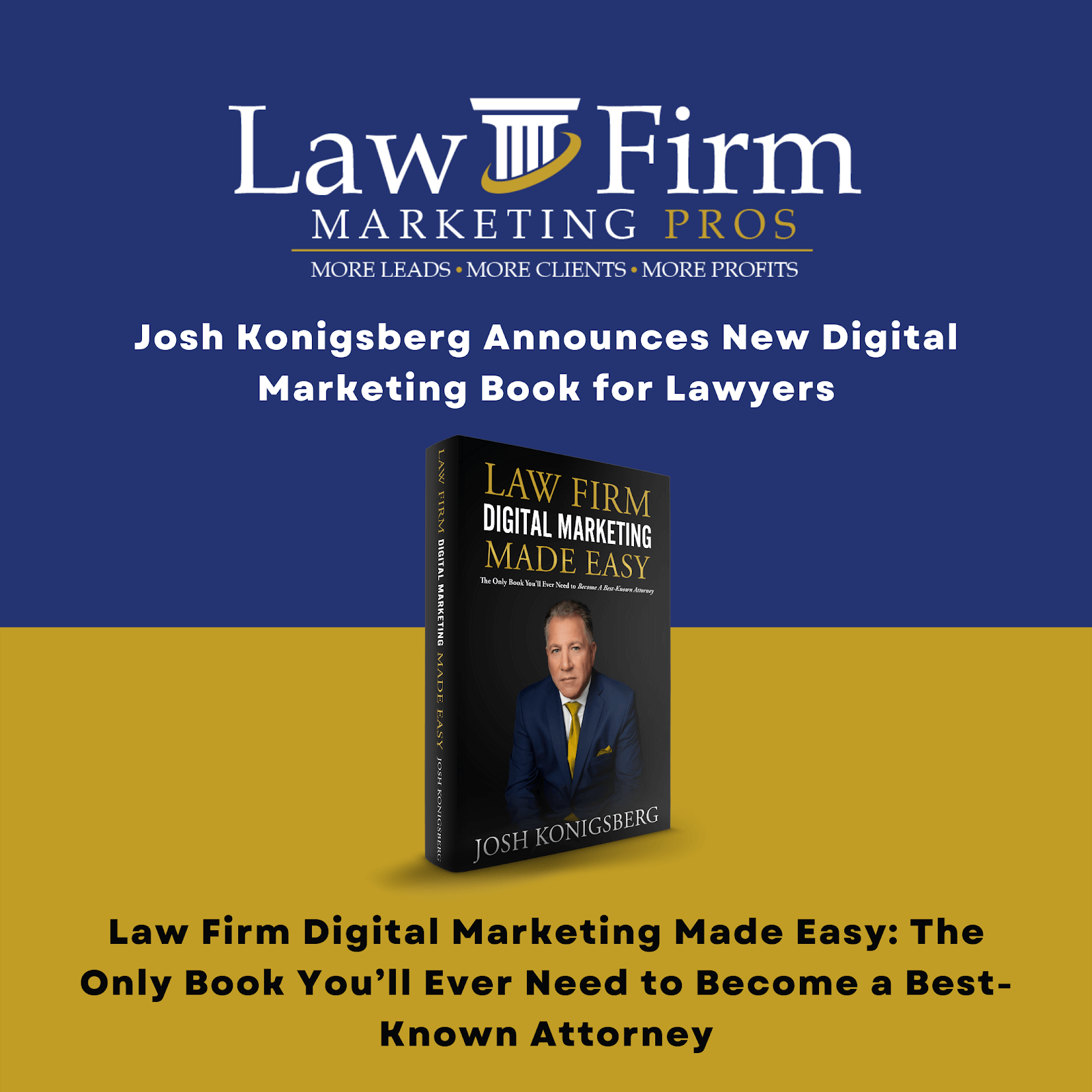Marketing Tips for Each Stage of the Digital Lead Funnels
 Is your online digital lead funnels marketing strategy living in the Dark Ages? If you haven’t updated your strategy in the last couple of years, it absolutely is. Consumer behavior has evolved in recent years, and if your strategy doesn’t evolve with it, your clients will leave you behind.
Is your online digital lead funnels marketing strategy living in the Dark Ages? If you haven’t updated your strategy in the last couple of years, it absolutely is. Consumer behavior has evolved in recent years, and if your strategy doesn’t evolve with it, your clients will leave you behind.
Find out what’s involved in a successful online digital lead funnels marketing strategy for today’s consumer and then make the necessary changes. You should notice a boost in your sales immediately.
Then vs. Now – Changes to the Funnel
The digital marketing funnel refers to the stages people go through before buying a product. In the past, consumers took a very straightforward trip through the funnel.
Many business owners are still marketing to people as if they take that simple journey, but that’s in the past. People no longer travel in a linear direction when buying products or ordering services. Now, people go in a loop.
It begins with awareness, just like the original purchase funnel. Then, it moves onto consideration. During this stage, people loop around to research and discovery. Then, it’s finally time for the purchase. After that, they go back into the funnel via the post-purchase experience. This is called the loyalty loop.
This might all seem confusing right now, so let’s break it down with three examples. Let’s look at need-based services, want-based services, and e-commerce purchases.
The Digital Marketing Framework – A Template for Success
The new looping purchase funnel has thrown some marketers for a loop. It doesn’t have to be as confusing as it seems, though. Avinash Kaushik’s See-Think-Do-Care Model provides the perfect template for reaching buyers.
See: This refers to the largest addressable qualified audience. There is no commercial intent during this stage.
Think: This still refers to the largest addressable qualified audience, but now there is some commercial intent.
Do: Again, you’re reaching the largest addressable qualified audience, but now, the commercial intent is strong.
Care: During the “Care” stage, you are dealing with current clients who have made at least two transactions.
This framework is the perfect starting point for building your own buyer loop.
The See Stage – The Top of the Funnel
When people reach the top of your purchase funnel, they are in the “See” category. The “See” category contains your largest qualified audience, but these people don’t need your product or aren’t aware that they need it. During this stage, you want to build awareness around your product and its benefits.
Digital Lead Funnels & Conversion
You have one main goal during this stage. You want to push people to the “Think” stage so they will be a step closer to buying.
While some companies incorporate countless marketing strategies during this stage, you only really need two. Social media marketing and pay-per-click (PPC) display ads will do all the work for you.
Social media is an excellent starting point. Eighty-eight percent of 18-29-year-olds and 78 percent of 30-49-year-olds use social media. It’s not just for the younger and middle-aged crowd either. Sixty-four percent of Americans between the ages of 50-64 are on social media, and 37 percent of people 65 and older use one or more social media channels.
You know the audience is there, so now it’s time to shine. Use social media to show off your products and your brand. Just make sure your brand message is cohesive across all channels.
Also, you need to define your target audience before you begin posting. Once you define your audience, you’ll know which social media channel works best for your brand.
Next, you need to add PPC display ads into the mix. Display ads are an incredibly powerful marketing tool. People take these ads in, even when they are distracted by something else. That means you can develop brand recognition even when people do not actively read or click on your ads.
The Think Stage – Middle of the Funnel
During the “See” stage, people become aware of your brand and offerings. Then, they move into the “Think” stage. This is when people conduct research. During this stage, it is normal for people to move throughout the loop and then come back. To ensure they come back to the “Think” stage, you need to position yourself as an authority and send people to your website.
For 71 percent of the consumers, the research stage begins with a search engine. The majority of people read online reviews before pulling the trigger, and videos are also very popular.
When you put all this together, you can see how educated consumers are these days. People don’t fall for the hard sell anymore. Instead, they gather information and make a decision.
During this stage of the funnel, you need to use SEO, video marketing, PPC search ads, and email marketing.
SEO
Since people conduct research via search engines, search engine optimization is critical. SEO helps you generate organic web traffic and that can turn into leads.
It’s essential that your site is listed on the first page of Google. Few people are willing to click on page two or three, so you might as well not even exist if your site is located beyond the first page.
Begin by creating blog posts that answer questions about your products and services. You can also write research papers and include information on your website. Optimize every piece of information for keywords and mobile devices.
Next, you need to gather reviews. Eighty-eight percent of the consumers trust online reviews just as much as they trust recommendations from friends and family. This is likely because consumers no longer trust traditional marketing. They want to read about real experiences instead of just believing what brands tell them.
You might wonder what this has to do with SEO. You can add the reviews to your website and generate more traffic that way.
When you combine these SEO strategies, you can move up in the listings and finally make it to that coveted first page.
Video Marketing
Ninety percent of the consumers state that product videos help them make a buying decision. Your video has to be on point to help you move people to the next stage of the funnel, though.
Length is important when creating a video. People only have an attention span of 8 seconds. That’s about 30 words.
You don’t have to keep your videos to 8 seconds, but they should be less than 30 seconds. Create videos that answer questions, explain how to use products, and showcase your company. Then, put your videos on social media channels, including YouTube. Also, include them on your website.
PPC Ads
Remember how most people start the research stage on Google? That means you can reach lots of people with PPC ads. These ads show up in search results when someone types in the targeted keywords.
During the “Think” stage of the funnel, you need to focus on consideration and brand awareness, and PPC ads accomplish both. In fact, these ads can increase brand awareness by as much as 80 percent.
Email Marketing
Opt-in email marketing is an excellent way to communicate with people during the “Think” stage of the funnel. Marketers make approximately $38 for every $1 spent on email marketing, and it helps with customer acquisition and retention. Plus, approximately 70 percent of people use coupons they receive in emails, making it an easy way to move people through the funnel.
Just make sure you run an opt-in email campaign so you reach the people who want to hear from you.
The Do Stage – The Bottom of the Funnel
The “Do” stage is located at the bottom of the funnel. This is where prospects turn into customers. You need to create content that causes people to take action.
SEO, PPC, and email are all effective strategies during this stage of the buying process. With each of these strategies, the language you use is very important.
Let’s say you are ready to buy a computer. You check out a few and then two salespeople walk up to you.
The first says, “Let’s go over the prices and extras you can get with this computer.”
The second one says, “Let me go over the features of these computers with you.”
You’re ready to make a purchase, so you will go with the first salesperson. You are past the point of learning about features, so you don’t want to waste your time.
The same is true for your customers. You need to create content and PPC ads that contain:
- Keywords related to making a purchase, such as “buy,” “free trial,” and “packages.”
- Pricing terms like “cost,” “comparison,” and “how much.”
- Contact keywords such as “request” and “call.”
- Location keywords such as your city and state.
- Branded keywords.
How to Get People From the “Think” Stage to the “Do” Stage
You know the basics of how to move people through the funnel, but you might still have some questions. Here are some tactics you can use to move people from the “think” stage to the “do” stage.
- Create and post personalized content.
- Promote case studies, white papers, and testimonials.
- Offer free trials.
- Create customized presentations.
- Promote live demos.
- Provide live question and answer sessions.
These tactics do an excellent job of driving people through the funnel.
The “Care” Stage – The Final Step in the Journey

You have managed to bring someone all the way through the funnel and now you have a loyal customer. That means it’s time for the “Care” stage. During this stage, you will work to keep that customer.
Keeping customers is easier and cheaper than finding new ones, so take special care during this stage. If you do it correctly, that customer will go through the buying cycle over and over again.
Reaching out to customers is the key to building loyalty. Ask them for reviews and if they post on your social media channels, engage with them. Also, provide them with special offers. Give them a deal or a free gift on their birthday and give customer-only discounts. You can even offer them free advice and insider information.
Remember to personalize these communications. Consumers love personalized experiences and offers, and it’s a great way to make your customers feel special.
Putting It Together
You’ve taken a lot of information and you might wonder how you can put it all together. Let’s go back to the previous examples for need-based, want-based, and e-commerce services. In the previous example, you learned about awareness, consideration, purchase, and the loyalty loop. This time, let’s go through the examples using the internet marketing strategies necessary for each stage. The internet marketing strategies are in red.
How to Create and Execute Your Digital Lead Funnels Plan
You are almost ready to execute your plan. First, you need to get everything together. Start by opening up an Excel file. Create an asset list that includes your landing pages, blog posts, white papers, case studies, ad creatives, and everything else that you consider a marketing asset.
Then, create another column to list the stages of the buyer’s journey. Write the stage next to each asset. Keep in mind that some assets can serve more than one stage of the journey.
Next, add another column and include the strategies and platforms that you will use for each asset. Let’s say you have infographics listed as an asset. Those work great on social media. On the other hand, case studies perform well for PPC ads and email marketing.
After you have your list, fill in any holes with additional assets. Then, create a content distribution calendar.
Once everything is mapped out, it’ll be time to create your plan. Use your marketing materials to reach people at every stage of the buyer’s journey. Then, continue to follow them into the loyalty stage and back through the loop.

We are your digital marketing partner that produce results using innovative and advanced approaches. Schedule an appointment with us and see how we can make your Law Firm highly visible on major search engines. Our digital marketing team takes your business goals into account in formulating an effective strategy
The information you obtain at this site is not, nor is it intended to be, legal advice.
You should consult an attorney for advice regarding your individual situation. Contacting us does not create an attorney-client relationship.















